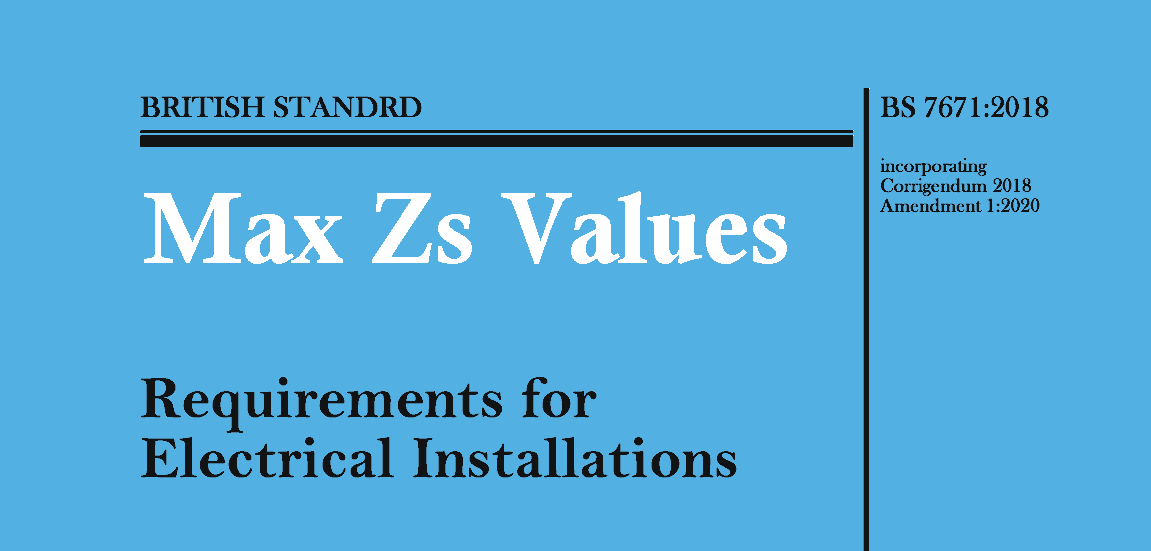My first question, so be nice. I'm very sensitive.
We use 230 volts as the go to figure when doing calculations on single phase.
However on page 362 of the regs, they squeeze in another voltage to use on the bottom of the page. Namely 218.5 volts (95%).
It's when calculating Zs. I can't find this voltage (218.5 V) anywhere else. I might be wrong. If I'm not, why is it only used for Zs calculations?
We use 230 volts as the go to figure when doing calculations on single phase.
However on page 362 of the regs, they squeeze in another voltage to use on the bottom of the page. Namely 218.5 volts (95%).
It's when calculating Zs. I can't find this voltage (218.5 V) anywhere else. I might be wrong. If I'm not, why is it only used for Zs calculations?









